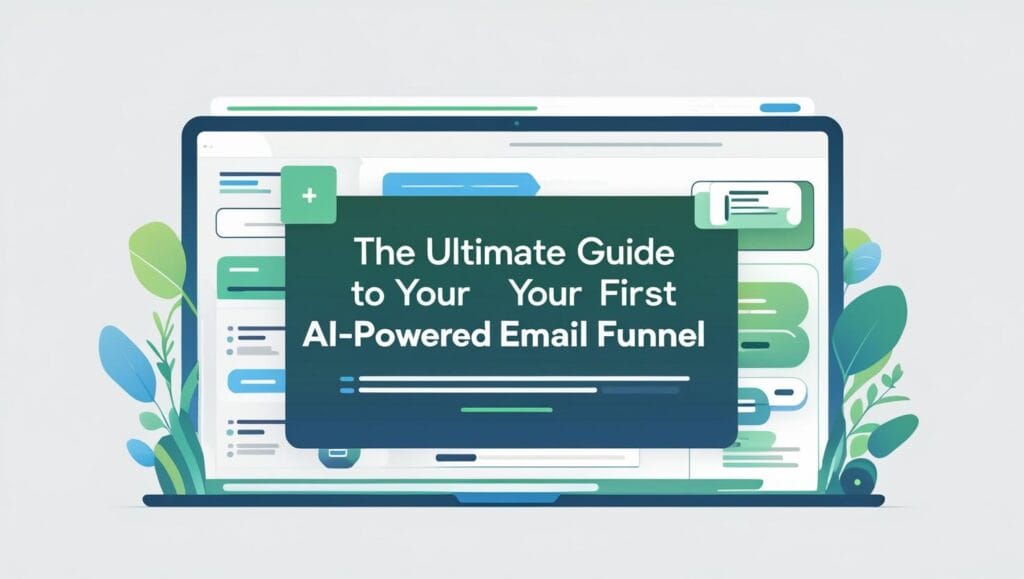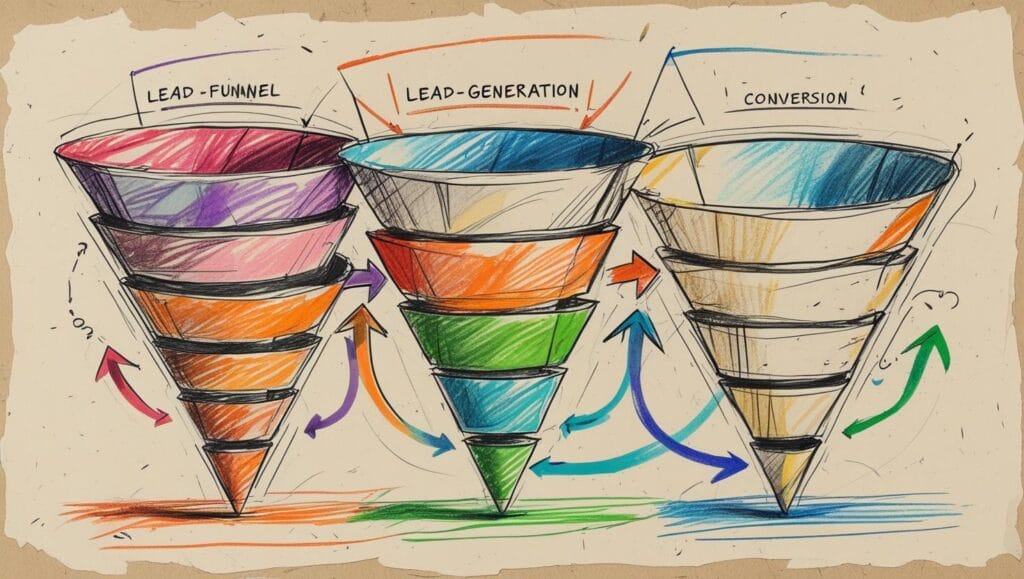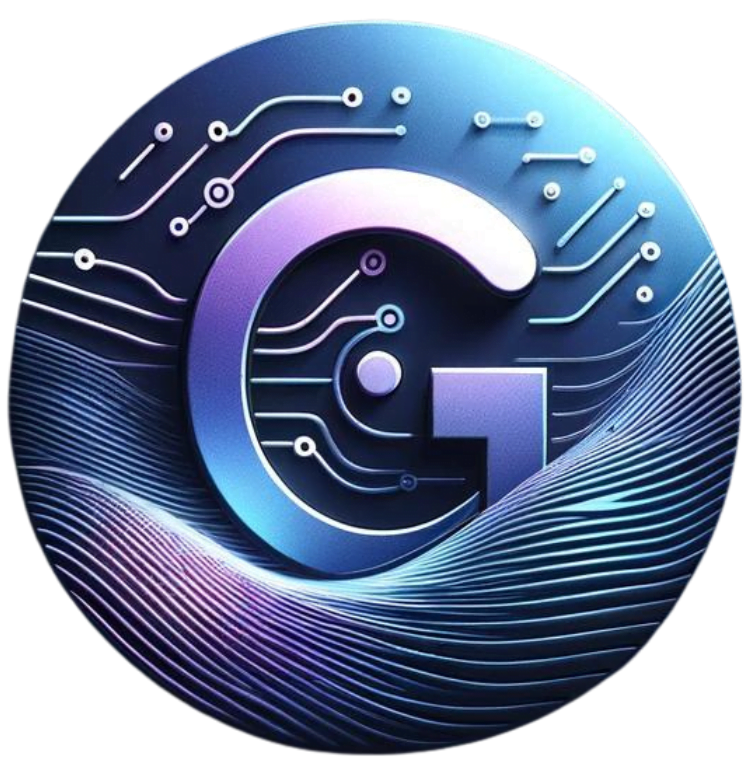The Ultimate Guide to Your First AI-Powered Email Funnel

If you’ve been struggling with email results, it’s time to explore an AI Email Marketing Funnel. Unlike old-fashioned blasts, an AI-driven funnel personalizes every step. You already know it’s harder than ever to grab attention. The good news? You don’t need to rely on guesswork anymore. With the right tools, you can build a powerful AI email funnel that does the heavy lifting for you.
Think of this as your step-by-step guide. Learn how to attract new leads. Keep them engaged with smart personalization. Nudge them toward conversion—all without manually writing every email or scheduling every send. By the end, you’ll know exactly how to create a funnel that feels personal, scales effortlessly, and delivers results.
Steps to Build Your AI Email Marketing Funnel

An AI-powered email funnel doesn’t just automate your messages—it adapts to your audience in real time. Instead of one-size-fits-all newsletters, you’ll be sending the right email to the right person at the right moment. That’s the difference between good marketing and great marketing.
Step 1: Define Your Funnel Goals
Before setting up your first AI email funnel, decide what success looks like:
- Generating new leads
- Converting prospects into customers
- Driving repeat purchases
- Re-engaging inactive subscribers
Your goals shape the funnel flow. An e-commerce store might focus on repeat buyers. A coach might design a funnel that nurtures cold leads into booked sessions.
Step 2: Pick the Right AI Email Platform
Your funnel is only as smart as the system behind it. Look for platforms that combine email automation with AI intelligence, like:
- ActiveCampaign – predictive sending and journey mapping
- HubSpot – AI-driven personalization and lead scoring
- Klaviyo – tailored to e-commerce funnels
- Seventh Sense – advanced send-time optimization
Step 3: Build Smart Segments for Your AI Email Funnel
AI takes segmentation beyond age, gender, or location. Your funnel can:
- Move a subscriber into a product-specific funnel after one click
- Trigger an abandoned cart sequence automatically
- Launch a re-engagement series when interest drops
This keeps every message relevant, which is why AI funnels consistently drive higher conversions.
Step 4: Create Email Content Optimized by AI
Writing for a funnel used to be trial and error. Now, tools like Persado, Jasper, and Copy.ai help marketers:
- Test multiple subject lines instantly
- Tailor copy to match audience tone
- Predict which calls-to-action will get clicks
With AI, your funnel emails get sharper and more persuasive automatically.
Step 5: Map the Funnel Stages
Every effective AI email funnel should include:
- Welcome Emails – first impressions, often with a helpful incentive
- Nurture Sequence – content that builds trust and interest
- Conversion Push – targeted offers delivered at peak interest
- Post-Purchase Follow-Up – upsells, loyalty offers, and thank-yous
- Re-Engagement Series – win-back campaigns for inactive contacts
AI optimizes each stage—choosing the best timing, content, and sequence.
Step 6: Use Predictive Send Times
Timing matters. AI does not send emails to everyone at noon. It studies each subscriber’s past engagement. Then, it picks the moment they’re most likely to open.
Tools like Seventh Sense can lift open rates by 20–30%, making your AI funnel emails far more effective.
Step 7: Connect Your AI Funnel With CRM Data
Don’t let your AI email funnel work in a silo. By syncing with a CRM like Salesforce or HubSpot, you’ll:
- Score leads in real time
- Track customer journeys across multiple channels
- Hand sales-ready leads directly to your team
This creates a seamless customer experience and helps your AI funnel perform even better.
Step 8: Keep Learning With Machine Intelligence
The best part of using AI? Your funnel gets smarter over time. Machine learning adapts based on:
- Open rates and engagement
- Click behavior on specific offers
- Seasonal and demographic shifts
Your AI-powered funnel will automatically fine-tune its approach to keep results improving.
Real-World Example: AI Funnel in E-commerce
Picture a clothing retailer setting up a powerful AI email funnel:
- Welcome email with a sneaker discount
- Follow-up suggesting workout gear based on browsing history
- Abandoned cart reminder showing limited stock
- Post-purchase thank-you plus upsell on accessories
- Re-engagement email offering a loyalty reward at the perfect time
That’s a funnel that feels personal, but runs entirely on automation.
Key Metrics to Track in Your AI Email Funnel
To measure success, keep an eye on:
- Open rates (are predictive send times working?)
- Click-through rates (is personalization driving engagement?)
- Conversion rates (are funnel triggers producing sales?)
- Customer lifetime value (is retention improving?)
- Reactivation rates (is the funnel winning back inactive users?)
Final Takeaway
A powerful AI email funnel goes beyond automation—it delivers personalization at scale. With the right goals, tools, and strategy, you can build a system that adapts. It improves and grows your business with every send.
Subscribe for marketing and tech tips.

